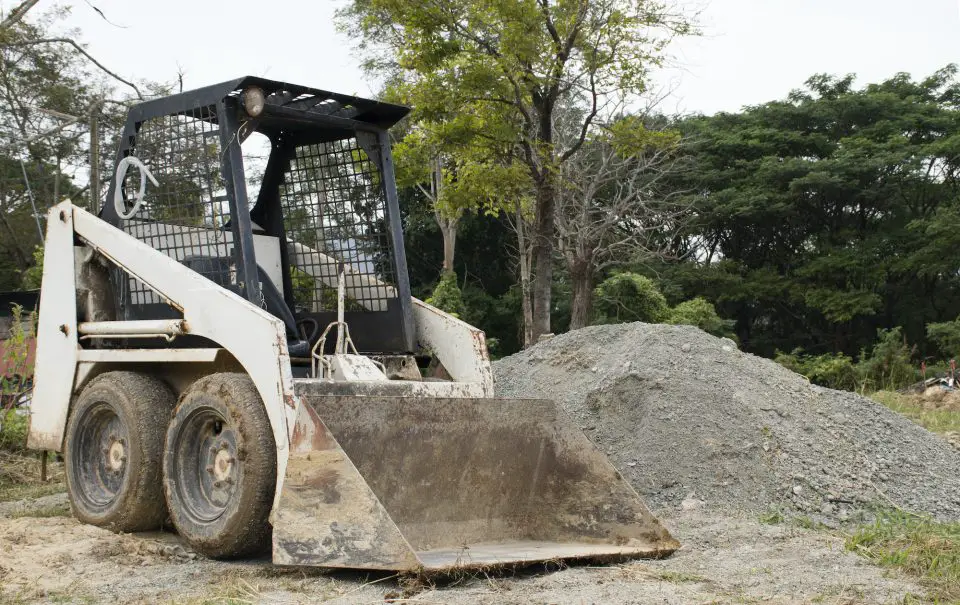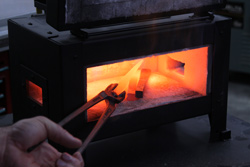
If you’re thinking of using equipent for your home renovation or landscaping projects, you’ll need to understand what these machines can do, and the basics of upkeep. Get started with this helpful overview.
Types of Vehicles That Could Be Very Handy for Your Home Renovation Projects
Any major home renovation project will involve moving and transporting building materials. So, let’s first take a look at some of the pieces of equipment you could buy or hire to make your project easier.
Pickup Truck
This is perfect for hauling small loads of materials like lumber, paint, and tools. It’s versatile and can navigate tight spaces easily.
Flatbed Truck
A flatbed truck is best suited for very large or awkwardly shaped materials such as drywall sheets, pipes, or appliances that need easy loading and unloading from any side. Most building materials are delivered on flatbed trucks.
Box Truck
This provides an enclosed space perfect for moving furniture, heavy equipment, or a significant amount of building supplies while keeping everything protected from weather conditions.
Forklift
A forklift is great for lifting and moving heavy pallets of materials around a construction site. It can handle substantial weight with precision. Some models can even raise things like shingles and roofing materials into place.
Skid Steer Loader
Compact and versatile, this is ideal for hauling dirt or debris, especially in confined spaces. Easy to maneuver in tight areas.
Mini Excavator
This is perfect for small-scale digging projects like trenching for utilities or landscaping tasks such as removing stumps or boulders.
Now, whatever types of vehicles you use for your home projects, let’s explore the basics of upkeeping them to ensure they stay in tip-top condition and last longer.
Checking and Replacing Parts
When tackling home projects, keeping your equipment in top shape is essential. Regularly check crucial parts like undercarriage parts, rubber tracks, tires, brakes, and fluids. Undercarriage parts should be smooth, and debris like mud should be kept off the components. Rubber tracks should have only minor cracks; large cracks or tearing are signs that they need replacement. Tires should be free of punctures and have good tread; brake pads need replacement if they’re worn down. Fluids such as oil and coolant must be topped up or changed regularly to prevent engine damage. Ignoring these basic upkeep tasks can lead to costly repairs down the line, hindering your project’s progress.
And make sure you know where to buy parts from ahead of time, so you don’t delay projects waiting for parts. For instance, if you require Kenworth parts for your truck, use a reliable platform like Source One Parts Center.
Conducting Regular Engine Diagnostics
Keeping your engine running smoothly requires regular diagnostics. You can use an OBD-II scanner to check for error codes, which can signal issues like faulty sensors or ignition problems. Pay attention to unusual sounds, smells, or vibrations; as these can indicate deeper mechanical issues. And regularly inspecting belts and hoses ensures they aren’t worn out or cracked. A proactive approach prevents minor problems from escalating into costly repairs, keeping your vehicle reliable for all your home projects.
Ensuring Optimal Fuel System Performance
Your vehicle’s fuel system needs regular attention to run efficiently. Clean or replace fuel filters every 20,000 to 40,000 miles to avoid blockages that reduce performance. Inspect fuel lines for leaks or wear, and use a high-quality injector cleaner periodically to keep injectors free of deposits. Maintaining your fuel system helps ensure smooth starts and better efficiency, which is crucial for those heavy-duty home renovation hauls.
Maintaining Electrical Systems in Your Vehicle
A vehicle’s electrical system is vital for reliable performance. Regularly check the battery terminals for corrosion and ensure connections are tight. Inspect fuses and replace any that appear damaged or worn out. And test lights, signals, and other electronic components to catch issues early. Keeping your electrical systems in good shape prevents unexpected breakdowns, ensuring your renovation projects proceed without a hitch.
Keeping Your Transmission Running Smoothly
Lastly, transmission maintenance is crucial for vehicle longevity. Regularly check the transmission fluid level and quality, replacing it as recommended by your vehicle’s manual. Watch for warning signs like slipping gears or delayed shifting, which could indicate underlying issues. And if you notice leaks or strange noises, address them promptly to avoid expensive repairs. Proper transmission care ensures your vehicle can handle the demands of home renovation projects efficiently.












